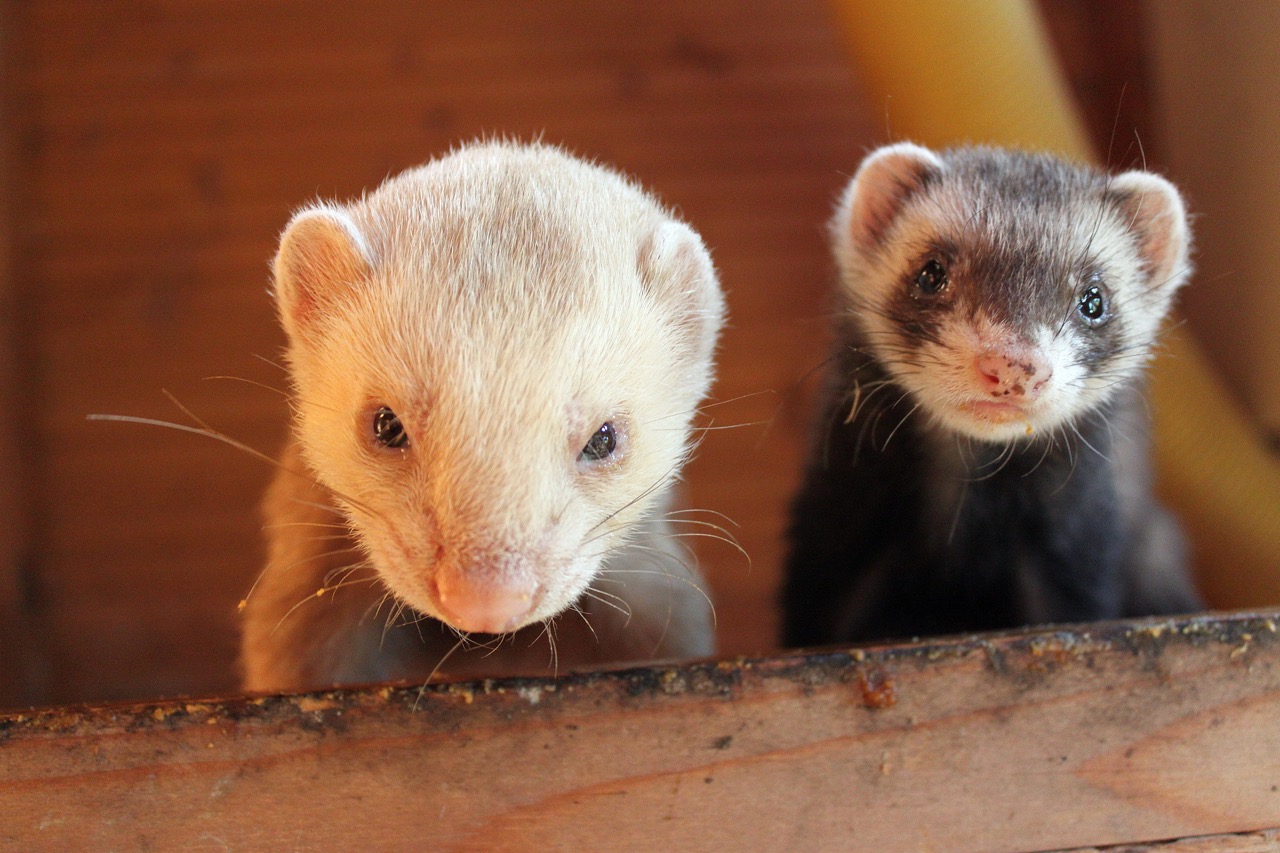Choosing the right cage for your ferrets is crucial for their health, happiness, and well-being, especially if you have two or more of these inquisitive creatures. Ferrets are social animals that thrive in pairs or groups, and their living environment must accommodate their playful nature and active lifestyle. In this article, we will explore how to select the ideal ferret cage for multiple ferrets, focusing on space requirements, key features, materials and designs, and tips for creating a comfortable habitat.
Understanding the Space Requirements for Multiple Ferrets
When considering a cage for two or more ferrets, it is essential to understand their space needs. Ferrets are energetic and curious animals that require ample room to explore, play, and rest. A general guideline is to provide at least 2 square feet of floor space for each ferret, but more is always better. This means that for two ferrets, a cage should ideally offer a minimum of 4 square feet of usable space, though larger cages that provide over 10 square feet are highly recommended for added enrichment.
In addition to floor space, vertical space is also important for ferrets. These agile creatures enjoy climbing and exploring different levels. A multi-level cage can maximize the available space and provide opportunities for climbing and jumping, mimicking their natural behaviors. Look for cages that feature ramps, shelves, and tunnels to create a dynamic environment that keeps your ferrets engaged.
Lastly, consider the layout of the cage. A well-designed cage should allow ferrets to move freely, with areas for sleeping, eating, and playing. Avoid overcrowding the space with too many accessories, which can limit their movement. A cage that balances open floor space with entertaining features will provide a suitable home for your ferrets.
Key Features to Look for in a Ferret Cage
When selecting a cage for multiple ferrets, certain features will enhance their quality of life and ease of care. First, ensure that the cage has secure doors and locking mechanisms to prevent escapes. Ferrets are notorious escape artists, and a reliable locking system is vital for their safety. Moreover, the spacing of the bars should be narrow enough to prevent your ferrets from squeezing through or getting stuck.
Ventilation is another crucial feature to consider. A well-ventilated cage helps prevent the buildup of odors and maintains air quality, which is particularly important in a multi-ferret environment. Look for cages that have multiple openings and mesh panels to promote airflow while ensuring that your ferrets remain securely inside.
Additionally, ease of cleaning is a significant factor. Ferrets can be messy, so the cage should allow for quick and efficient cleaning. Models with removable trays or easy-to-access sections will simplify the process of keeping the habitat hygienic. Cages with smooth surfaces and rounded corners are also easier to clean, reducing the buildup of waste and grime.
Evaluating Different Cage Materials and Designs
Ferret cages come in various materials, each offering different advantages and drawbacks. Wire cages are popular due to their durability, ventilation, and visibility for both ferrets and their owners. They are typically easy to assemble and disassemble, making cleaning and relocating the cage simple. However, ensure that the wire is coated with a ferret-safe material to prevent rust and potential injury.
Wooden cages can provide a more aesthetically pleasing option, but they may require extra maintenance as they can absorb odors and moisture. If considering a wooden cage, choose one designed specifically for ferrets, as these will typically have features like removable bottom trays and chew-resistant surfaces. Additionally, be cautious about untreated wood, as it can harbor bacteria and is prone to damage from ferret activity.
Plastic cages are lightweight and often easier to clean, but they may not provide the same level of ventilation as wire cages. If you opt for plastic, ensure that it is sturdy and designed for ferrets’ specific behaviors. Some modern designs combine materials, offering the best of both worlds: a wire frame for ventilation and visibility, with plastic bases for easy cleaning and maintenance.
Tips for Setting Up a Comfortable Ferret Habitat
Once you’ve chosen the right cage, it’s time to set it up for your ferrets. Start by placing the cage in a quiet, safe area of your home where they can feel secure but still enjoy some interaction with the family. Avoid direct sunlight or drafts, as ferrets are sensitive to temperature changes. Ideally, the cage should be large enough to allow for multiple sleeping areas, play zones, and feeding spots to reduce territorial disputes.
Incorporate various enrichment items into the cage to keep your ferrets stimulated. Items like hammocks, tunnels, and climbing shelves provide opportunities for play and exploration. You can also add toys that they can chew on or manipulate, as ferrets are naturally inclined to engage with their environment. Rotating toys and accessories will keep their habitat interesting and encourage their natural curiosity.
Lastly, maintain a clean and organized space. Use absorbent bedding materials that control odors and are easy to clean. Regularly check the cage for any signs of wear or damage, making necessary repairs to ensure the safety and comfort of your ferrets. A well-maintained environment not only benefits your pets’ health but also enhances their overall quality of life.
Choosing the right cage for two or more ferrets is a crucial step in ensuring their well-being. By understanding their space requirements, selecting key features, evaluating materials and designs, and setting up a comfortable habitat, you can create a nurturing environment that allows your ferrets to thrive. Remember that each ferret has its personality and preferences, so observe their behavior and adjust the habitat as needed to ensure a happy and healthy life together.










